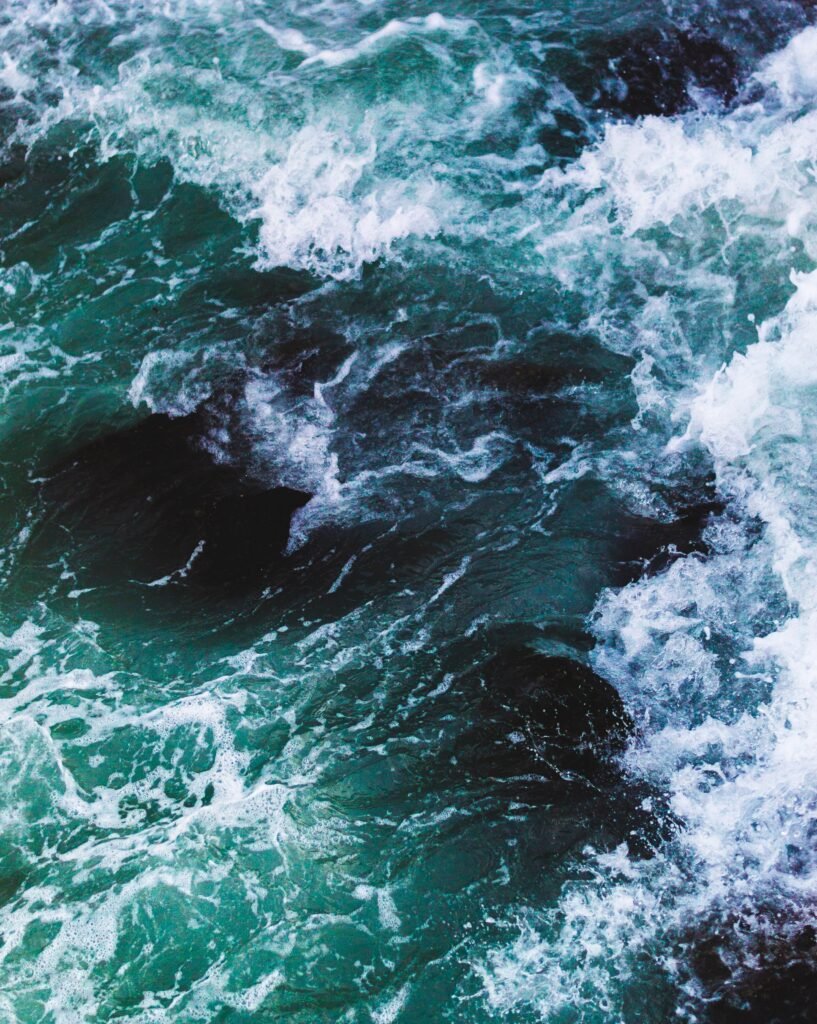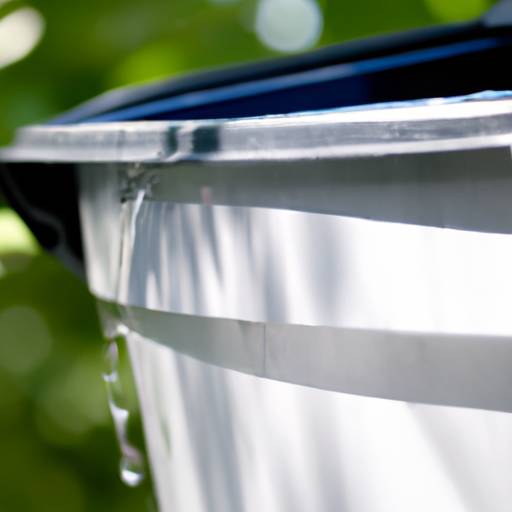Local Water Use Regulations
August 18, 2023 | by rainwatercollectionsystem.com

Discover the importance of local water use regulations and how they can contribute to a greener and more sustainable future. At Rain Water Collection System, we specialize in designing, installing, and maintaining innovative rainwater collection systems that seamlessly integrate with your property. By harnessing the power of nature, our systems capture and store rainwater for various purposes, reducing reliance on traditional water sources and promoting water conservation. With our tailored solutions and commitment to quality craftsmanship, advanced technology, and exceptional customer service, join us in making a positive impact on the environment while enjoying the advantages of efficient water utilization. Experience the benefits of a greener and more sustainable water future with Rain Water Collection System.
1. What are Water Use Regulations?
1.1 Definition
Water use regulations refer to the rules and guidelines put in place by local authorities to manage and control the use of water resources within a specific region. These regulations are designed to ensure the sustainable and responsible use of water, considering factors such as availability, quality, and the needs of various sectors within the community.
1.2 Purpose
The purpose of water use regulations is to promote the efficient use of water resources, protect water quality, prevent water pollution, and manage water demand. These regulations aim to balance the needs of different water users, including residential, commercial, and industrial sectors, while also considering the long-term sustainability and resilience of local water supplies.
2. Types of Water Use Regulations
2.1 Residential Water Use Regulations
Residential water use regulations focus on conserving water within households. These regulations may include restrictions on outdoor water use, such as irrigation schedules, and promoting water-saving practices and technologies, such as low-flow fixtures and appliances. They may also involve educational initiatives to raise awareness about water conservation among residents.
2.2 Commercial Water Use Regulations
Commercial water use regulations target water use in businesses and institutions. These regulations may include requirements for water-efficient fixtures and equipment, such as toilets, faucets, and cooling systems. They may also encourage commercial entities to develop water management plans and implement water-saving measures, such as leak detection and repair programs.
2.3 Industrial Water Use Regulations
Industrial water use regulations aim to regulate water consumption and discharge in industrial facilities. These regulations may set limits on the quantity and quality of water that can be withdrawn from local sources. They may also require industries to implement water reuse and recycling systems, as well as wastewater treatment measures to minimize the impact on local water bodies.

3. Importance of Local Water Use Regulations
3.1 Conservation of Water Resources
Local water use regulations play a crucial role in conserving water resources by promoting efficient use and reducing wastage. By implementing measures such as water-saving technologies and practices, communities can significantly reduce their water consumption and minimize the strain on local water supplies.
3.2 Protection of Water Quality
Water use regulations also aim to protect the quality of local water sources. By establishing guidelines for the discharge of wastewater and pollutants, these regulations help maintain the integrity of drinking water sources and preserve the health of aquatic ecosystems.
3.3 Allocation and Distribution of Water
Proper allocation and distribution of water resources are essential for ensuring fairness and equity among water users. Water use regulations help establish a framework for allocating water rights and managing water allocations based on the needs of various sectors and the availability of water resources.
3.4 Prevention of Water Pollution
Water use regulations play a vital role in preventing water pollution by setting standards for the treatment and disposal of wastewater and regulating the use of potentially harmful substances. By enforcing these regulations, local authorities can ensure that water bodies remain clean and safe for human and ecological health.
3.5 Management of Water Demand
Managing water demand is crucial to ensure the long-term sustainability of water supplies. Water use regulations help manage water demand by promoting water-efficient practices and technologies and implementing demand management strategies such as water pricing and conservation incentives.
3.6 Economic Considerations
Water use regulations also have economic implications by ensuring the efficient allocation and use of water resources. By conserving water and reducing wastage, communities can lower their water bills, reduce infrastructure costs related to water supply, treatment, and wastewater management, and create economic opportunities in sectors such as water conservation and technology.
4. Monitoring and Enforcement of Water Use Regulations
4.1 Regulatory Agencies
Monitoring and enforcement of water use regulations typically fall under the responsibility of regulatory agencies at the local, regional, or national level. These agencies are responsible for developing and implementing regulations, monitoring compliance, and taking enforcement actions when necessary.
4.2 Compliance and Reporting
Water users are generally required to comply with the regulations and report their water use activities to the regulatory agencies. This may involve obtaining permits, submitting water use reports, and demonstrating adherence to specified water use targets or standards.
4.3 Penalties for Non-compliance
Penalties for non-compliance with water use regulations can vary depending on the severity of the violation and local laws. These penalties may include fines, warnings, restrictions on water use, or legal actions. The enforcement of penalties helps deter non-compliance and encourages water users to adhere to the regulations.

5. Development and Implementation of Water Use Regulations
5.1 Stakeholder Consultation
The development and implementation of water use regulations often involve stakeholder consultation to ensure that the regulations consider the perspectives and needs of all relevant parties. This may include engaging with water users, environmental organizations, industry representatives, and the general public to gather input and feedback on the proposed regulations.
5.2 Legal Framework
Water use regulations are typically established within a legal framework that provides the authority and mandates for regulating water resources. This may involve creating or amending existing water laws, enacting specific legislation, or developing regulations within the existing legal framework.
5.3 Setting Water Use Targets
Water use regulations often include setting targets or standards for water use in different sectors. These targets may be based on factors such as water availability, environmental considerations, and the needs of the community. The targets help guide water users towards efficient water use practices and provide a benchmark for monitoring and enforcement.
5.4 Creating Permit Systems
Many water use regulations require water users to obtain permits for specific activities that may have a significant impact on water resources. These permits may involve conditions and requirements for water use, reporting, and compliance. Permit systems enable regulatory agencies to monitor and manage water activities effectively.
5.5 Evaluation and Revision
Water use regulations are not static and may require periodic evaluation and revision to ensure their effectiveness and relevance. Ongoing monitoring and evaluation of water use patterns, impacts, and compliance help identify areas for improvement and inform the revision of regulations to address emerging challenges and opportunities.
6. Challenges and Limitations of Water Use Regulations
6.1 Lack of Awareness and Education
One of the challenges associated with water use regulations is the lack of awareness and understanding among water users. Many people may not be aware of the regulations in place or the reasons behind them. Educating the public about the importance of water conservation and the role of regulations can help address this challenge.
6.2 Enforcement Challenges
Enforcing water use regulations can be challenging, especially in cases where resources and manpower are limited. Ensuring compliance requires effective monitoring systems, sufficient staffing, and the ability to detect and address non-compliance promptly. Collaboration between regulatory agencies and other stakeholders can help overcome enforcement challenges.
6.3 Resistance from Water Users
Water use regulations may face resistance from certain water users who perceive them as burdensome or restrictive. Overcoming this resistance requires effective communication and engagement to explain the benefits of regulations and address stakeholders’ concerns. Incentive programs and support for implementing water-saving technologies can also help foster compliance.
6.4 Inadequate Water Monitoring and Data
Accurate monitoring and data collection are essential for effective regulation and management of water resources. However, inadequate monitoring infrastructure and data gaps can hinder the implementation and enforcement of water use regulations. Investing in monitoring systems and improving data collection and analysis capabilities can help overcome this limitation.
6.5 Limited Resources for Implementation
Implementing and enforcing water use regulations may require significant resources, including funding, staffing, and technical expertise. Limited resources can pose challenges to the effective implementation of regulations, particularly in smaller communities or regions with competing priorities. Seeking partnerships, securing funding, and leveraging technology can help overcome resource limitations.

7. Case Studies: Successful Implementation of Local Water Use Regulations
7.1 City A: Drought Management Measures
City A implemented a comprehensive set of water use regulations during a severe drought. These measures included restrictions on outdoor water use, public awareness campaigns, and incentives for water-saving technologies. As a result, the city was able to reduce water consumption by 30% and minimize the impact of the drought on local water supplies.
7.2 City B: Water Pricing and Incentive Programs
City B introduced a tiered pricing structure for water, where higher consumption levels were charged at progressively higher rates. Additionally, the city offered financial incentives and rebates for water-efficient fixtures and appliances. These measures resulted in a significant reduction in water demand and increased adoption of water-saving technologies.
7.3 City C: Reuse and Recycling Initiatives
City C implemented regulations promoting the reuse and recycling of water in both the residential and commercial sectors. These regulations required the use of reclaimed water for certain non-potable purposes, such as landscape irrigation and industrial processes. The city’s efforts led to a significant reduction in freshwater consumption and provided a sustainable source of water for non-potable uses.
8. Future Outlook for Water Use Regulations
8.1 Emerging Technologies for Water Conservation
Advancements in technology, such as smart water meters, sensor-based irrigation systems, and real-time monitoring networks, hold great potential for enhancing water conservation efforts. Integrating these technologies into water use regulations can help improve efficiency, reduce water waste, and optimize water allocation.
8.2 Growing Importance of Water Security
The increasing recognition of water as a critical resource and the potential impacts of climate change have heightened the importance of water security. Future water use regulations are likely to focus on ensuring long-term water availability, resilience to droughts and floods, and sustainable management of water resources.
8.3 Integrating Climate Change Adaptation
Climate change poses significant challenges to water resources, including changes in precipitation patterns, increased frequency of extreme weather events, and rising sea levels. Future water use regulations will need to be adaptable and incorporate climate change adaptation strategies to ensure the resilience of water systems and protect communities from water-related risks.
In conclusion, local water use regulations are essential tools for responsibly managing water resources. These regulations aim to promote water conservation, protect water quality, allocate water effectively, prevent pollution, and manage water demand. While they may face challenges in enforcement and implementation, successful case studies demonstrate the positive impact they can have on sustainable water management. Looking ahead, emerging technologies and a growing emphasis on water security and climate change adaptation will shape the future of water use regulations, ensuring a more sustainable and resilient water future for communities worldwide.
RELATED POSTS
View all





